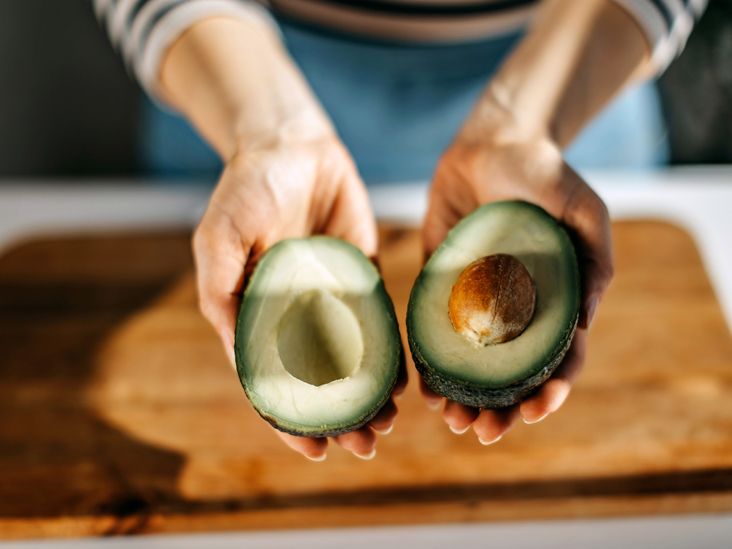HOW TO START COUNTING CARBS
- TIP 1Determine your daily carb max.
- TIP 2Learn how to read a food label.
- TIP 3Download an app to keep track.
Editor’s Picks
Remember that the serving size isn’t always what it seems.
Serving sizes listed on the nutrition label may be misleading and unrealistic. Manufacturers sometimes list a much smaller amount than what most people consume in one setting.
Don’t assume that the entire container is a single serving, because it may consist of two, three, or more servings.
To accurately count the carbs in what you’re eating, you need to multiply the given number of carbs on the label by the number of servings you consumed.

Don’t forget to count the carbs in your sauces, dips, dressings, and drizzles in addition to your main meal. Many condiments contain lots of hidden carbs, so check the nutrition label to get the facts, and make sure to take the serving size into account.
Case in point: A tablespoon of ketchup has just under 5 grams of carbs. Yes, you can eat ketchup when you have diabetes, but limit how much.
You can also buy no-sugar condiments or make them at home.
For example, you can find no-sugar-added ketchup. It contains only 10 calories and 1 gram of carbs per serving.
Or you can use low carb condiments instead — like chimichurri sauce instead of sweet barbecue sauce.
Fiber is carbs that your body can’t digest — so they pass through your digestive system, and your gut bacteria munch on them in the process.
Fiber can slow the absorption of carbs and the release of sugar into the blood.
Plus, when you eat it alongside sugar or refined carbs, it can help prevent blood sugar spikes.
Eating fiber can benefit your health in myriad ways.
Just be wary of products that claim to have low net carbs. Some contain sugar alcohols, most of which are capable of raising blood sugar, at least slightly.
Erythritol is the exception — it doesn’t increase blood sugar levels, so it can be a good sugar substitute for people with diabetes.




